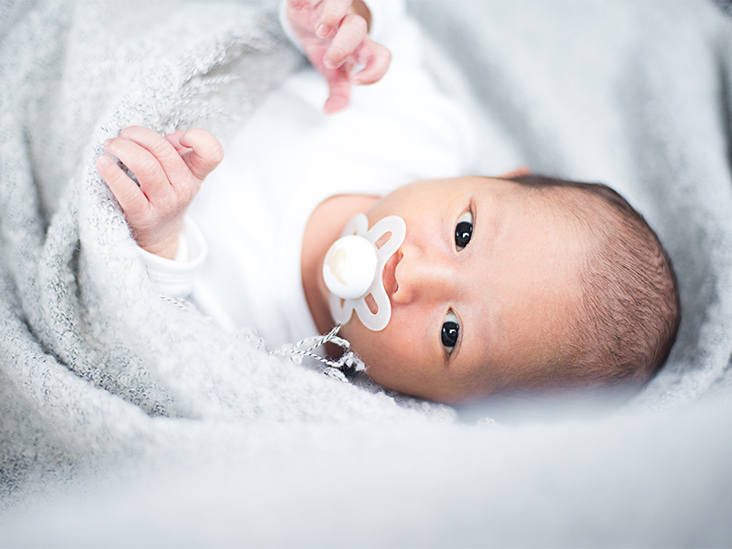Breast Shields for Nursing: Everything You Need to Know
March 8, 2022

What Is The Most Appropriate Type And Size?
Nipple shields, like boobs, don’t come in one size fits all. They come in a variety of sizes, and it’s crucial to pick the proper one for your nipples. This can help to alleviate pain and friction while also ensuring optimal milk flow.
It’s difficult to pick the correct shield because it depends on the size of your nipple and the size of your infant. Consult a trained lactation counselor or your doctor for help finding the ideal one for you. If you plan to keep your child for a long time, you’ll need a selection of sizes. While a tiny nipple shield is usually sufficient for babies, as they grow older, you’ll most likely need to upgrade to a medium or large size.
According to limited studies, persons who use nipple shields have a lower supply than those who don’t. Other research, on the other hand, appears to show that there is no difference between users and non-users. If you’re having trouble latching, it could be a sign of tongue-tie or another problem that needs to be addressed. Consult your physician and a lactation specialist to come up with a plan that is unique to you and your baby.
What Is The Best Way To Utilise A Nipple Shield?
The key to using a BPA-free silicone nipple shield Malaysia is to get the shield into position before latching on your infant. You don’t want to cover your breasts with a dry shield. When the shield is moist, it sticks to the breast better. So, before you use it, run it under warm water. After that, lay the shield on your breast, making sure that your nipple and areola fit inside the shield’s elevated section.
Bring your baby’s mouth toward your breast while holding the shield in place so they can latch on. Even if you prefer a nipple shield at first, keep in mind that they aren’t intended to be a long-term solution. They’re actually only meant to be used as a band-aid for uncomfortable nipples or latching issues. Try feeding without the shield once your baby has gotten the hang of latching on — or your nipples have healed.

When Utilising A Nipple Shield, Be Cautious.
It can be difficult to monitor the amount of milk your baby receives when wearing a nipple shield. While using a shield, some babies get unhappy, which could signal that they aren’t getting enough milk.
Using a nipple shield has its benefits, but it can also reduce the amount of milk that comes out. To make sure your infant isn’t losing weight, weigh them frequently while wearing a shield. Keep an eye out for changes in the number of wet and dirty diapers. A drop in either of these areas could indicate that they aren’t getting enough milk. It’s possible that you’ll have to alternate bottle feedings.
The Takeaway
Breastfeeding can be challenging – no ifs, ands, or buts. A nipple shield can help relieve tension and make nursing easier, whether you have sore nipples, latching issues, or flat nipples. However, these aren’t intended to be long-term solutions. If your infant is unable to nurse without the use of a shield, speak with your doctor or a lactation counsellor for tips on how to make breastfeeding more manageable.


